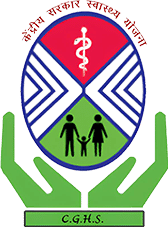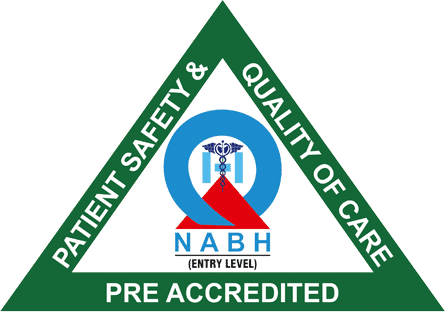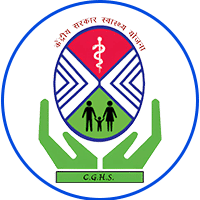Most people wearing spectacles wish to get rid of them for cosmetic reasons, disturbances during contact sports like football/cricket, difficulty during gym/swimming, and getting bored wearing the spectacle for half of their respective lives, etc. But the main question is – how can we get rid of it easily?
Yes, you can!
If you are diagnosed with cataracts, then cataract surgery is an effective way to get rid of the spectacle. This article will help you plan a spectacle-free cataract surgery seamlessly.
Overview of Cataract Surgery
A cataract is a condition that develops when a person’s natural crystalline lens becomes cloudy. In cataract surgery, an eye specialist, i.e., an Ophthalmologist, replaces the eye’s natural lens with an artificial lens, generally called an Intraocular lens (IOL). The selection of IOL will decide whether the dependency on glasses has reduced for distance only or both distance and near activities.
Characteristics of Intraocular Lens (IOL)
IOLs provide focusing power to the patient’s eye. Various existing and latest technology IOLs are available for cataract patients, such as Monofocal IOLs, Toric IOLs, Multifocal IOLs, Trifocal Lens, Extended depth of focus (EDOF) lenses etc. The appropriate IOL (Intraocular lens) for a patient depends on multiple factors like lifestyle and visual needs. Even after cataract surgery, some patients might need to wear spectacles depending on their IOL selection. However, getting spectacle-independent cataract surgery is also possible in Mumbai. The Superspecialist team of doctors at Iksha Eye Care, Mumbai, can make things easier for IOL selection by detailed and professional guidance using the latest technologies to help you decide the best IOL for your eye.
Best Way to Get Rid of Spectacles Through Cataract Surgery:
There are two main categories of IOL
1) Basic Monofocal IOL’s 2) Premium Multifocal IOL’s
The primary difference between basic and premium IOLs is that basic IOLs do not correct the near vision problems of the cataract patient, while premium IOL can improve near vision significantly.
Iksha Eye Care, Mumbai, is one of the leading eye care hospitals that provide one of the best patient-centric guidance in easy-to-understand patients’ own language for cataract surgery in Mumbai. The centre is well equipped with a modern set-up and managed by a team of superspecialist experienced doctors and staff that focus on providing top-notch eye care services to their respective patients.
Types of Premium IOLs
There are mainly three types of premium IOLs.
1. Monofocal IOLs with Extended Depth of Focus (EDOF) technology (Distance + Intermediate)
Patients who wish to reduce spectacle dependency for distance (watching television, etc.) + intermediate vision (use of laptops/ cooking etc.) but are okay to wear reading glasses can opt for this category of lenses.
2. Multifocal IOLs(Distance + Near)
Patients who wish to reduce spectacle dependency for distance (watching television, etc.) + near vision (use of mobile phones/reading books etc.) but do not have major laptop/desktop/cooking work can opt for this category of lenses.
3. Trifocal IOLs (Distance + Intermediate + Near)
Patients who wish to drastically reduce spectacle dependency for distance (watching television, etc.) + intermediate vision (use of laptops/ cooking etc.) + near vision (use of mobile phones/reading books etc.), and wish to have maximum freedom from the spectacle, can opt for Trifocal IOLs.
4. Toric IOLs
Due to the oval shape of their eyeball, some people have significant cylindrical power in their glasses, called astigmatism. Toric IOLs can correct the cylindrical power and significantly enhance the patient’s quality of vision.
Get Rid of Spectacles Now!
Steps to follow to get spectacle-free cataract surgery are as follows:
1. Understand the Available Options
A patient should first ask for a detailed brief that includes the in-depth procedure, pros and cons of the treatment, causes, etc., of all the available premium IOL options from the doctor.
2. Set the stage
With many IOLs technologies coming up, it is essential for a patient to know the cost of such high-technology and analyze it. They should set the expectation from a particular cataract surgery before surgery, have pre-operative counseling, and know which IOL will suit them the best rather than just going with the flow and regret later.
3. Forecast the Post-Operative Problems
The best way to avoid the pitfalls of the premium IOL is to predict, analyze and prevent them before the cataract surgery instead of letting the consequences surprise you later.
4. Go for a suitable Cataract Surgery
After analyzing all the aspects of cataract surgery, you are fully ready for cataract surgery with modern premium IOLs.





















